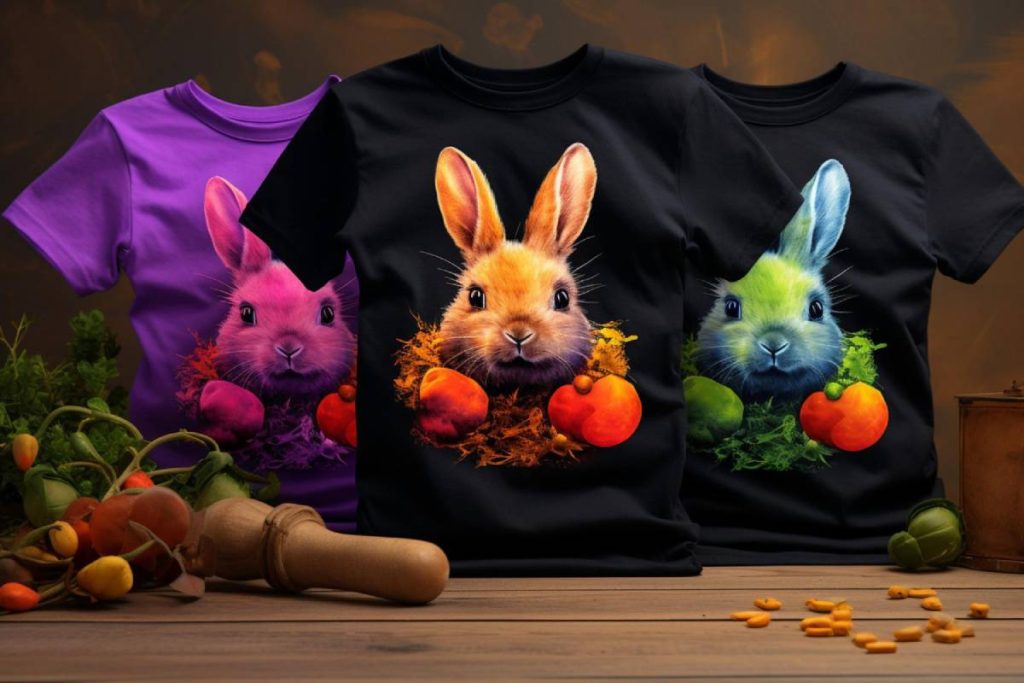DTF transfers have transformed garment decoration, delivering vibrant colors and a soft hand across a wide range of fabrics, from lightweight tees to heavier jackets, creating durable yet comfortable prints. Getting reliable results starts with solid DTF transfer file prep, smart DTF sizing tips, and carefully chosen DTF heat press settings, all coordinated with color management, edge integrity, and proper bleed to prevent cropping. In practice, mastering DTF printing workflows and clean edges helps minimize color shifts and ghosting, while ensuring the white underbase sits correctly on dark fabrics and the final image remains crisp on knit and woven textures. A well-planned sizing strategy ensures artwork scales correctly across garments, taking into account chest, back, sleeve placements, and substrate variations to keep the design legible. By following these introductory steps, you will improve consistency and durability in every transfer and begin building a repeatable workflow that teams can rely on.
Another way to frame this approach is the direct-to-film technique, a film-on-fabric decoration method that prints a design onto a PET sheet before transfer. This film-based transfer process relies on heat and pressure to bond vibrant imagery to a variety of fabrics. From a workflow perspective, the emphasis shifts to clean artwork preparation, precise sizing for each garment, and consistent press settings. By adopting this broader view—artwork planning, substrate-aware adjustments, and a repeatable heat-application routine—creators can reproduce color richness and durability across runs.
DTF transfers: Master file prep and sizing for high-quality outcomes
DTF transfers rely on meticulous file prep and sizing to achieve vibrant colors, clean edges, and durable adhesion. Good DTF transfer file prep ensures that color management, resolution, and edge definition carry from your artwork through the film and onto fabric. Use an RGB workflow and aim for 300 dpi at the final print size, while including a white underbase for bright colors on dark fabrics. Plan for a bleed area and a transparent background so edges don’t crop during transfer.
Organize source files with clear naming and per-size variants to streamline production. Keep layers separated for underbase, color layers, and masks, so you can adjust final size without reworking every element. A consistent file-organization system reduces misalignment, speeds up proofs, and helps your team reproduce high-quality DTF transfers across batches.
DTF printing fundamentals: color management and image integrity
DTF printing starts with solid color management and image integrity. Print on PET film with profiles that translate your RGB colors accurately to the transfer medium, then to the fabric. Avoid heavy compression and use high-quality PNG or TIFF files to preserve detail; check edges at 100% zoom to prevent jagged lines after scaling.
Outline or convert fonts to prevent rendering issues, and keep fonts crisp after scaling by rasterizing or converting to outlines. Color control, smooth edges, and sufficient bleed all contribute to the final look, making DTF printing more predictable across garment types and fabrics.
DTF transfer file prep workflows for consistent results
DTF transfer file prep integrates several critical steps: artwork sizing decisions, a safe bleed area, and a well-planned white underbase. Map the design to chest, sleeve, or back regions and decide final print size early. Save source files as lossless formats (PNG for rasters, EPS/SVG for vectors) and keep a separate underbase layer to ensure colors stay bright on dark fabrics; this is the core of effective DTF transfer file prep.
Maintain consistent naming for each size and variant, and dedicate folders for Front, Back, and ColorLayers. Good file naming and organization reduce errors and support scalable production, helping you apply DTF transfer file prep to multiple substrates and standardize your workflow across runs.
DTF sizing tips: scaling artwork across garments
DTF sizing tips begin with knowing the garment type and substrate. Fabrics weigh differently and stretch uniquely, so test on similar items and adjust the final size accordingly. When producing for multiple products—teeshirts, hoodies, bags—create a master design with scalable vector elements and tweak only the final size per item to preserve branding consistency.
Target around 300 dpi at the final print size and keep vector shapes scalable to avoid pixelation. Include bleed margins and safe zones so critical design elements stay centered and intact across sizes, then iterate with proofs to fine-tune color and scale for each garment type. Document the outcomes for future batches, aligning with DTF sizing tips across substrates.
DTF heat press settings: dialing in temperature, time, and pressure
DTF heat press settings vary by film and fabric, but a solid starting point is 160-170°C (320-340°F) with a 12-15 second dwell time. Use medium pressure to achieve even adhesion without puckering, and adjust slightly for heavier fabrics versus lightweight materials as you gather testing data, following your supplier’s recommended ranges in the DTF heat press settings guide.
Pre-press for 2-5 seconds to remove moisture and prepare the surface, then apply the transfer and let it cool or peel warm according to the film’s guidelines. Use protective layers, like a silicone sheet, and maintain a clean workspace so heat transfer results stay consistent and durable across garments.
Troubleshooting and QA for high-quality DTF transfers
Troubleshooting DTF transfers often centers on color shifts, edge quality, and misalignment. Revisit color management, ensure RGB working space remains consistent, verify printer profiles, and test with a known-good fabric to isolate variables in DTF printing.
Address peeling or poor adhesion by confirming a clean, dry garment surface and verifying that the white underbase is correctly positioned. Also re-evaluate heat press time and temperature per your film’s guidelines, and run a small test on a similar substrate to lock in reliable parameters and avoid repeating issues in future runs.
Frequently Asked Questions
What is the role of DTF transfer file prep in successful DTF transfers?
DTF transfer file prep is critical to getting sharp, color-accurate results in DTF transfers. Prepare your artwork in RGB at 300 dpi, include a safe bleed, and save in lossless formats (PNG for raster, EPS/SVG for vector). Ensure a white underbase if needed and outline fonts to prevent rendering issues during the transfer.
What are the top DTF sizing tips for consistent DTF transfers?
Top DTF sizing tips include matching print size to garment areas (chest/back/sleeve), using scalable vector elements, and maintaining 300 dpi when using raster art. Include bleed and a safe zone, and always test sizing on a sample garment to confirm scale and placement.
Which DTF heat press settings are recommended for reliable DTF transfers?
Start with a reliable baseline: around 160-170°C (320-340°F) for 12-15 seconds, with medium pressure. Pre-press 2-5 seconds to remove moisture, and adapt temperature, time, and pressure to fabric weight and film guidelines. Follow your DTF film supplier’s post-press guidance for peeling.
How can I prevent color shifts in DTF printing for DTF transfers?
To avoid color shifts in DTF printing and transfers, use RGB workflows with proper printer profiles and soft proofs on similar substrates. Keep image quality high (avoid over-compression, check edges at 100% zoom), and outline fonts to prevent font rendering issues during transfer.
What common DTF transfer file prep mistakes hurt DTF transfers and how can I fix them?
Common mistakes include missing bleed, no underbase, incorrect color space, mismatched canvas size, and unoutlined fonts. Fix them by adding bleed, including a white underbase, using correct RGB profiles, and outlining fonts to preserve crisp edges during transfer.
Why is a white underbase important in DTF transfers and how should I prep for it in DTF printing?
White underbase is essential for bright, opaque colors on dark fabrics in DTF transfers. In DTF printing file prep, plan an underbase layer with precise masking and correct layering, and verify alignment with the color layers during printing and transfer steps.
| Aspect | Key Points |
|---|---|
| DTF transfers basics | Printed on PET film; transferred to fabric using heat and pressure; aims for a soft hand feel, minimal cracking, and good wash durability. |
| Why file prep matters | Color management, resolution, and clean edges are essential to prevent color shifts, jagged edges, or misalignment after transfer. |
| Core elements of DTF file prep |
|
| Sizing tips for high-quality transfers |
|
| Heat press settings and finishing touches |
|
| Troubleshooting and practical workflow |
|
Summary
DTF transfers offer versatile options for apparel decoration, but the best results come from a disciplined, repeatable process. Begin with strong DTF transfer file prep, choose sizing that matches each garment type, and apply consistent heat press settings guided by your film supplier. By focusing on these fundamentals and testing thoughtfully, you can produce high-quality transfers that wash well and maintain color accuracy, detail, and durability across batches. Document successful settings and refine your workflow as you scale your DTF transfers program.



